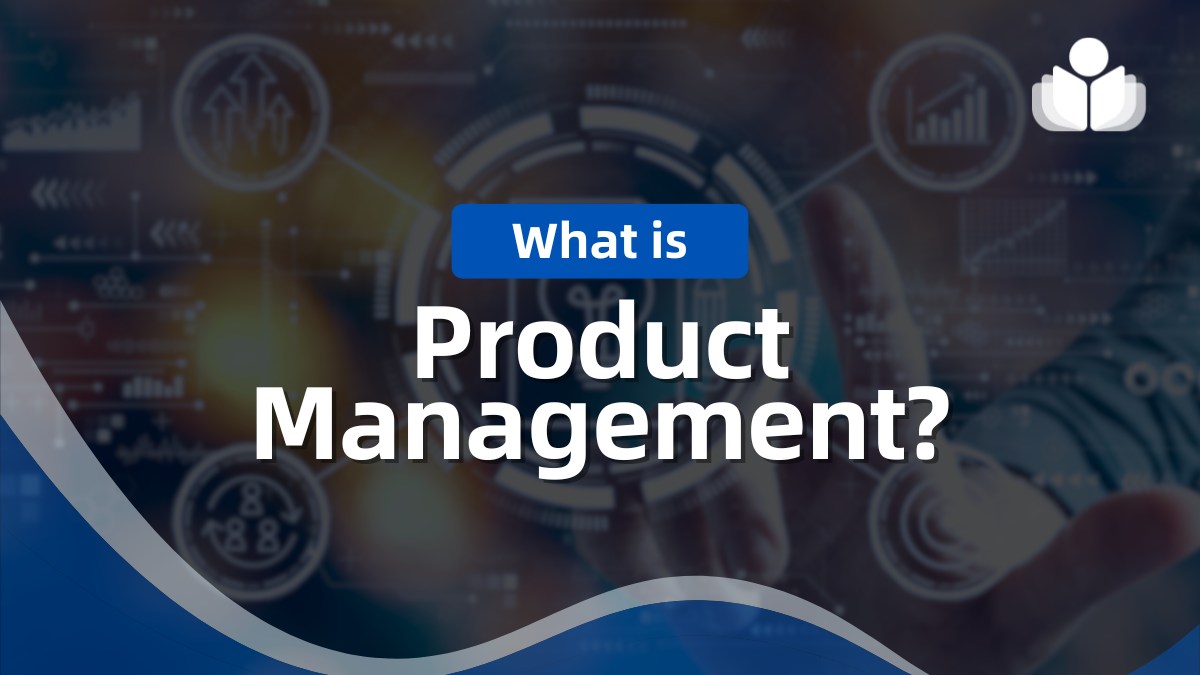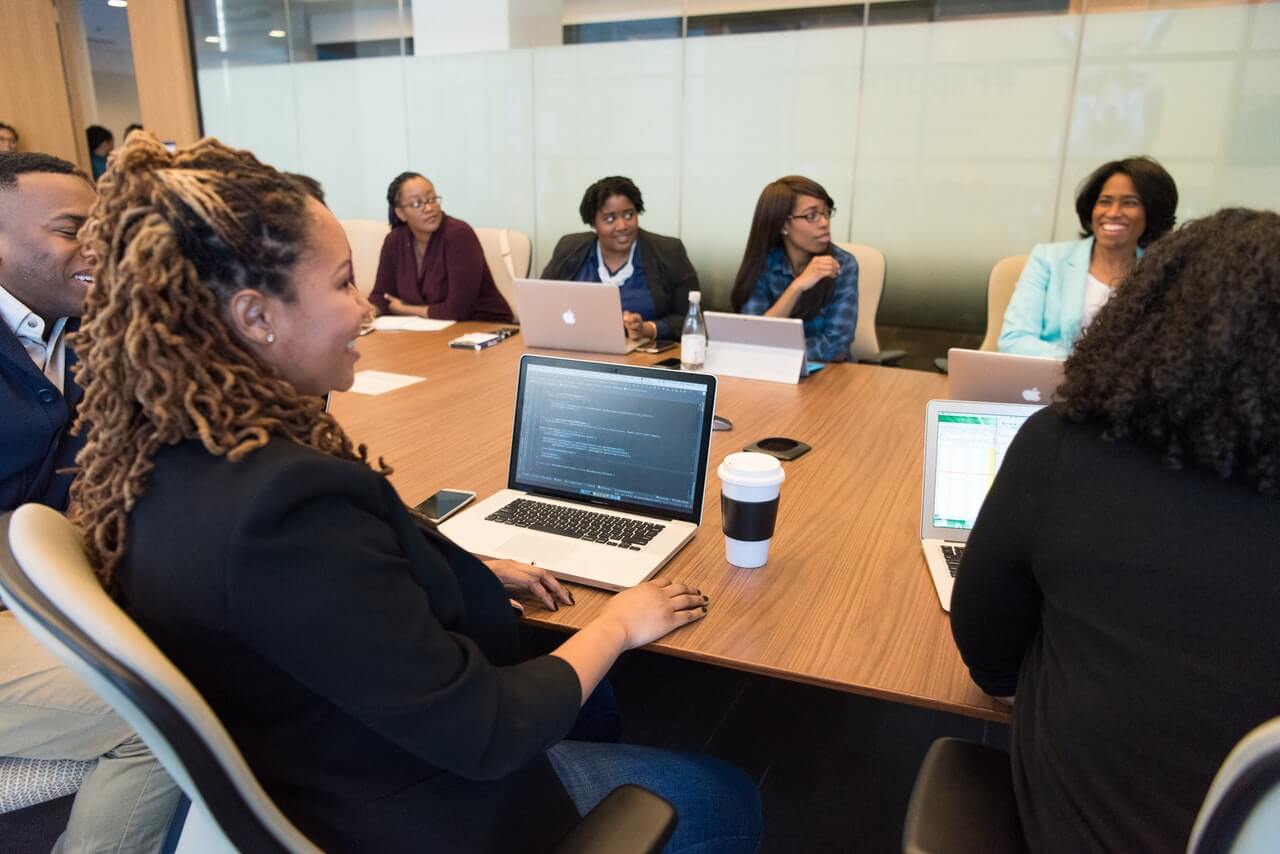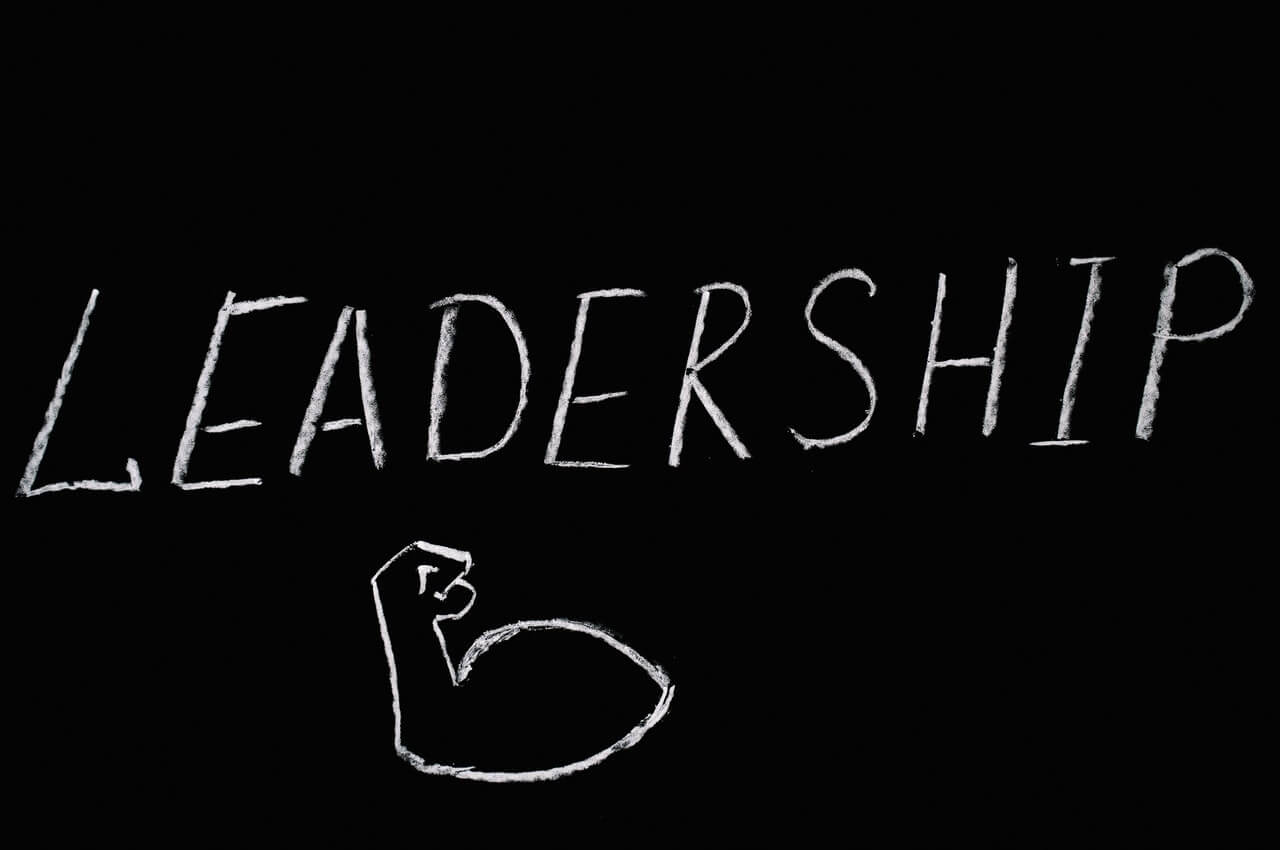I recently gave this presentation entitled “Being on a Board: What’s It All About?” at the Grant Professionals MidAtlantic Conference and I am sharing the slides with you here. I was asked to give this presentation because many grant professionals get asked to be on a Board and some would like to be on a …
Professional Development
Most Popular
When it comes to crisis management, choose your words wisely One of the most common requests from clients of ours are for ways to “say no comment without saying no comment.” Yes, communication and transparency are crucial in today’s business environment, but sometimes it’s just not in your best interest to discuss a particular topic. …
Crossing the River: My Favorite Team-Building Activity Every trainer and facilitator has his/her favorite team-building activity. Some facilitators like the more active interventions such as rope courses; others prefer the more “touchy-feely” ones like trust walks; still others like using blindfolded instruction, or simulations like Gold of the Desert Kings. Of course, the most appropriate …
Two very useful skills in communicating with others, including when coaching and facilitating, are paraphrasing and summarizing the thoughts of others. How to Paraphrase When Communicating and Coaching With Others Paraphrasing is repeating in your words what you interpreted someone else to be saying. Paraphrasing is powerful means to further the understanding of the other …
Peter Block, in his book, Flawless Consulting, suggests that certain goals and assumptions always be primary for consultants, that is, for individuals working to help people, but not having authority over those people. He suggests the following goals and assumptions. Primary Working Goals of Consultants 1. Establish a collaborative relationship with your clients As a …
Self-directed learners can use these guidelines for their personal and professional growth with their own training plans. Whether their training goals involve learning certain topics and/or skills, learners can start their learning by starting their planning. NOTE: Do not be intimidated by the length of this framework. If you looked at a list of all …
Basic Guide to Reframing: Seeing Things Differently Reframing is seeing the current situation from a different perspective, which can be tremendously helpful in problem-solving, decision-making, and learning. Reframing is helping you or another person to more constructively move on from a situation in which you or the other person feels stuck or confused. The aim …
Much of the contentof this topic came from this book: Copyright Carter McNamara, MBA, PhD Focus and Scope of This Topic The purpose of this topic is to acquaint the reader with the field of Organization Development, a field with a rich history of research, publications, and highly qualified practitioners dedicated to improving the performance …
© Copyright Sandra Larson, Minneapolis, MN. Sandra Larson, previous executive director of MAP for Nonprofits, was once asked to write her thoughts on what makes an effective leader. Her thoughts are shared here to gel other leaders to articulate their own thoughts on what makes them a good leader. Also consider Related Library Topics Passion …
Peter Block, in his book, Flawless Consulting, suggests that certain goals and assumptions always be primary for consultants, that is, for individuals working to help people, but not having authority over those people. He suggests the following goals and assumptions. Primary Working Goals of Consultants 1. Establish a collaborative relationship with your clients As a …
Part 1 of this series is What Do Consultants Do?, which defines a consultant (as Peter Block puts it) as someone who is trying to change another person, process, or organization, but who has no direct control over what they are trying to change. That post also listed numerous roles that a consultant might play. …
Consulting Foundations: What Do Consultants Do? Part 1 Peter Block, in his seminal book, Flawless Consulting, explains that a “consultant” is someone who is trying to change another person, process, or organization, but who has no direct control over what they are trying to change. Usually, that change is intended to improve performance – the …
Welcome to this six-part series on the foundations of consulting. If you have not been following along with us, then we encourage you to read parts 1-4, referenced from the bottom of this article. Part 1 establishes the basis for the series by using Peter Block’s definition of a consultant as someone who is trying …
Welcome to this 3-part article on managing resistance in consulting projects. Part 1 describes resistance and how to recognize it. Part 2 will describe how to deal with resistance from your client. Part 3 will describe how to deal with your own resistance as a consultant. What is Resistance? What Causes it? An important skill …
There are strong feelings that consulting, facilitating, coaching, and training are very different consultants’ roles. I believe that a good consultant should be able to use any of the roles for different purposes. Here are some guidelines for what roles to use and when. When You Might Resort to Facilitating Collaborative organizational consulting is about …
As we clarified in Parts 1 and 2 of 3, if your clients don’t participate in the consulting to improve their organization, then you are faced with the dilemma: “Should I just do the work for the client, or should we keep slipping deadlines in the project”. However, long-lasting change will not occur in their …
Peter Block, in his seminal consulting book, Flawless Consulting, writes, “There is a set of skills that is an essential part of consulting over and above technical expertise and interpersonal skills – and these are consulting skills” (Jossey-Bass, 2000, p. 6). Yet, the myth continues that technical and people skills are sufficient for successful consulting. …
Understanding Critical Thinking: Examples, Guidelines, and Significance Copyright Carter McNamara, Authenticity Consulting, LLC Sections on This Topic Include What is Critical Thinking? Benefits and Examples of Critical Thinking How Good Are Your Critical Thinking Skills? Developing Your Critical Thinking Skills General Resources Also, consider Concentration Creative Thinking Mindfulness Mindsets Reframing Systems Thinking Strategic Thinking Related …
What are peer coaching groups? Information on this page assumes that you have read the information at How to Start Your Private Peer Coaching Group. Standard Questions What is a PCG? What Process Does a PCG Use? Who Joins a PCG? What Does “Coaching” Mean in a PCG? What Do People Get Coached On in …
Enhance Your Focus: Guidelines and Examples for Mastering Concentration Copyright Carter McNamara, Authenticity Consulting, LLC Sections on This Topic Include What is Concentration? Causes of Poor Concentration Test – How Well Do You Concentrate? Strategies to Improve Your Concentration Also, consider Creative Thinking Critical Thinking Mindfulness Mindsets Reframing Systems Thinking Strategic Thinking Related Library Topic …
Many people in the eastern half of the US are cleaning up debris in the aftermath of Hurricane Irene and the Gulf storm impact from Lee. Several thoughts crossed my mind about the symbolic nature of the rain and storms this past week. In various Earth-based faith traditions water symbolizes cleansing, emotions, purifying. Emotions– What …
Unleash Creativity: Guidelines & Examples for Creative Thinking Copyright Carter McNamara, Authenticity Consulting, LLC Sections on This Topic Include What is Creative Thinking? Benefits and Examples of Creative Thinking Developing Your Creative Thinking Skills Also, consider Concentration Creative Thinking Critical Thinking Mindfulness Mindsets Reframing Systems Thinking Strategic Thinking Related Library Topics Learn More in the …
Career transitions bring career challenges as well as career opportunities. Here are some. “I’ve started a new job in a company that’s so different from the one I came from. I feel it might be a mistake.” “I’ve been promoted from supervisor to project manager, and I’m struggling to know what to focus on.” “I’ve …
Thinking skills are how you use your brain to recognize, interpret, analyze, and come to conclusions about information. It is when you use your brain to make decisions and solve problems. It also is how you use your brain to convey information to others, including to clarify what you want to convey, to whom, and …
To Thy Own Self Be True While this phrase may be well know, living authentically- knowing and connecting your Inner and Outer Self- seems less common. I’ve had two job coaching clients in the last week talk about their struggle with their company norm to “Fake it ‘Til you Make It”. We talked through ways …
Crossing the River: My Favorite Team-Building Activity Every trainer and facilitator has his/her favorite team-building activity. Some facilitators like the more active interventions such as rope courses; others prefer the more “touchy-feely” ones like trust walks; still others like using blindfolded instruction, or simulations like Gold of the Desert Kings. Of course, the most appropriate …
Two very useful skills in communicating with others, including when coaching and facilitating, are paraphrasing and summarizing the thoughts of others. How to Paraphrase When Communicating and Coaching With Others Paraphrasing is repeating in your words what you interpreted someone else to be saying. Paraphrasing is powerful means to further the understanding of the other …
Basic Guide to Reframing: Seeing Things Differently Reframing is seeing the current situation from a different perspective, which can be tremendously helpful in problem-solving, decision-making, and learning. Reframing is helping you or another person to more constructively move on from a situation in which you or the other person feels stuck or confused. The aim …
© Copyright Sandra Larson, Minneapolis, MN. Sandra Larson, previous executive director of MAP for Nonprofits, was once asked to write her thoughts on what makes an effective leader. Her thoughts are shared here to gel other leaders to articulate their own thoughts on what makes them a good leader. Also consider Related Library Topics Passion …
Introduction Purpose of This Information The following information and resources are focused on the most important guidelines and materials for you to develop a basic, practical, and successful PCG. The information is intended for anyone, although it helps if you have at least some basic experience in working with groups. All aspects of this offering …
I would like to spend some time examining a number of approaches to leadership (aka leadership models). These approaches, while no doubt grounded in one or more theories of leadership, can be distinguished from theories in that they attempt to place the concepts into more applied frameworks. That is, they attempt to describe leadership theories in a way that is meant to facilitate the application of the ideas.
Delegation is often very difficult for new supervisors and managers. Many managers want to remain comfortable making the same decisions they have always made. They believe they can do a better job themselves. They don’t want to risk losing control of the situation or outcome. Often, they don’t want to risk giving authority to subordinates …
First, What is Coaching? Simply put, the purpose of coaching is to guide and support oneself or another to: Clarify a current, important priority that the person wants to work on; Identify relevant and realistic actions to address that priority; Take the actions in the person’s work or life; and Learn by reflecting on the …
When it comes to crisis management, choose your words wisely One of the most common requests from clients of ours are for ways to “say no comment without saying no comment.” Yes, communication and transparency are crucial in today’s business environment, but sometimes it’s just not in your best interest to discuss a particular topic. …
Much of the contentof this topic came from this book: Copyright Carter McNamara, MBA, PhD Focus and Scope of This Topic The purpose of this topic is to acquaint the reader with the field of Organization Development, a field with a rich history of research, publications, and highly qualified practitioners dedicated to improving the performance …
Crises can be divided into three categories: 1. Creeping Crises – foreshadowed by a series of events that decision makers don’t view as part of a pattern. 2. Slow-Burn Crises – some advance warning, before the situation has caused any actual damage. 3. Sudden Crises – damage has already occurred and will get worse the …
Peer Coaching Groups: Your FAQs Answered We assume that you have already read the information on the page Start a Virtual Support Group to Help With Stresses of COVID-19. The information on that page would answer all of the typical questions about planning and operating a support group. However, the following questions still tend to …
Program evaluations are “individual systematic studies conducted periodically or on an ad hoc basis to assess how well a program is working1.” What was your reaction to this definition? Has the prospect of undertaking a “research study” ever deterred you from conducting a program evaluation? Good news! Did you know that program evaluation is not …
7 Vital Total Quality Management Principles Guest post from Quin Harris Total Quality Management (TQM) is an approach that organizations use to improve their internal processes and increase customer satisfaction. When it is properly implemented, this style of management can lead to decreased costs related to corrective or preventative maintenance, better overall performance, and an …
It helps to stick to the familiar ground when it comes to social media crisis management Our friend and colleague Chris Syme published a blog post last month in which she explained why spreading your social media crisis messaging too thin can be a major problem. This issue seems to pop up most often when …
A quick overview of what makes a good Change Vision , Great. If done well, this one liner will be single most powerful communication for buy in.
Product management is crucial for business success. It ensures products meet customer needs, stay competitive, and generate revenue. In today’s fast-paced market, using the right tools is essential. Product management software helps streamline and enhance product development, collaboration, and decision-making processes. In this blog post, we’ll explore the top product management software in 2023 and …
There was a time when we stopped looking at machines as making our lives’ easier and started looking at the jobs they were replacing–and, indeed, they began replacing jobs. Some people were much in hate with machines then–except the owners and inventors. My apologies to those of you who develop training apps and sell the …
More in Professional Development
Imagine you have a mentor you can call on in any situation. Whenever uncertainty swarms, this wise person illuminates your best possible choice at any given moment. Never one to command or threaten, this mentor simply encourages in a voice that rarely rises above a gentle whisper. Wouldn’t life unfold much easier if such a …
Some people like their eggs poached, or scrambled, or soft-boiled, or sunny-side up. Others prefer deviled eggs, an omelet, or a quiche. A key principle of employee motivation is that different people and different groups have different needs and desires. Here’s what you need to know about motivation. 1. Money is not the top motivator …
Every year thousands of change initiatives are undertaken globally in the form of reorganization, structural and procedural change, new product and service launches, and the setting of strategy, goals, and objectives. Yet, according to Harvard Business Review, 70% of all change initiatives fail. The financial cost of failed change to organizations, the economy, and society …
If you are having one of those weeks with one frustration after another, you may find it hard to muster the energy to keep moving forward. How do you re-connect to your Source of inspiration and energy when you are overwhelmed, unmotivated or feeling off balance? One spiritual practice is this: Do something- anything- to …
We don’t often think about staff meetings as a training ground, but they are. Granted, they exist at a very basic level (only lower level would be OJT, or on-the-job training, considered one of the best training environments), but few situations allow you to have so many company subject matter experts and leaders in the …
This blog is for you, the reader. We take your feedback very seriously. Please take 3 minutes to complete the following survey. We will very closely consider your feedback to make this blog even better for you. Click here to take the survey Thank you very much! — For more resources about training, see the …
This blog is for you, the reader. We take your feedback very seriously. Please take 3 minutes to complete the following survey. We will very closely consider your feedback to make this blog even better for you. Click here to take the survey Thank you! For more resources, see the Library topic Career Management.










































